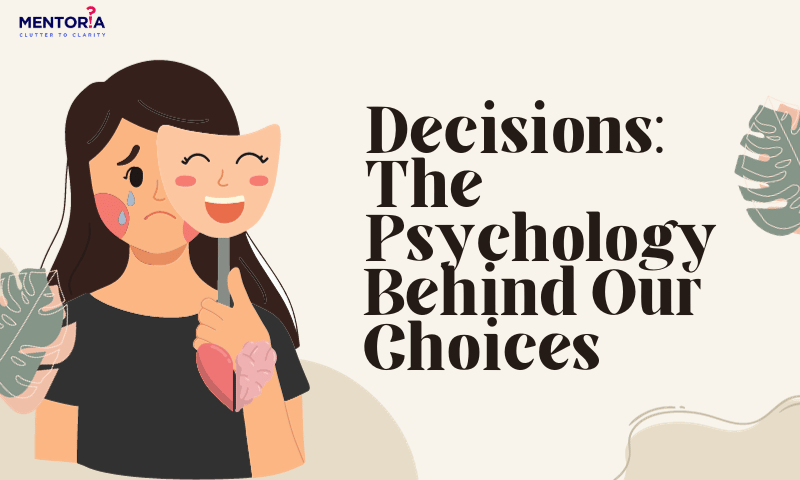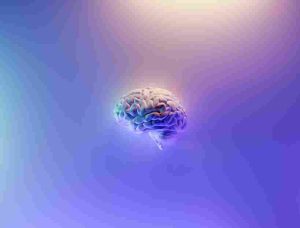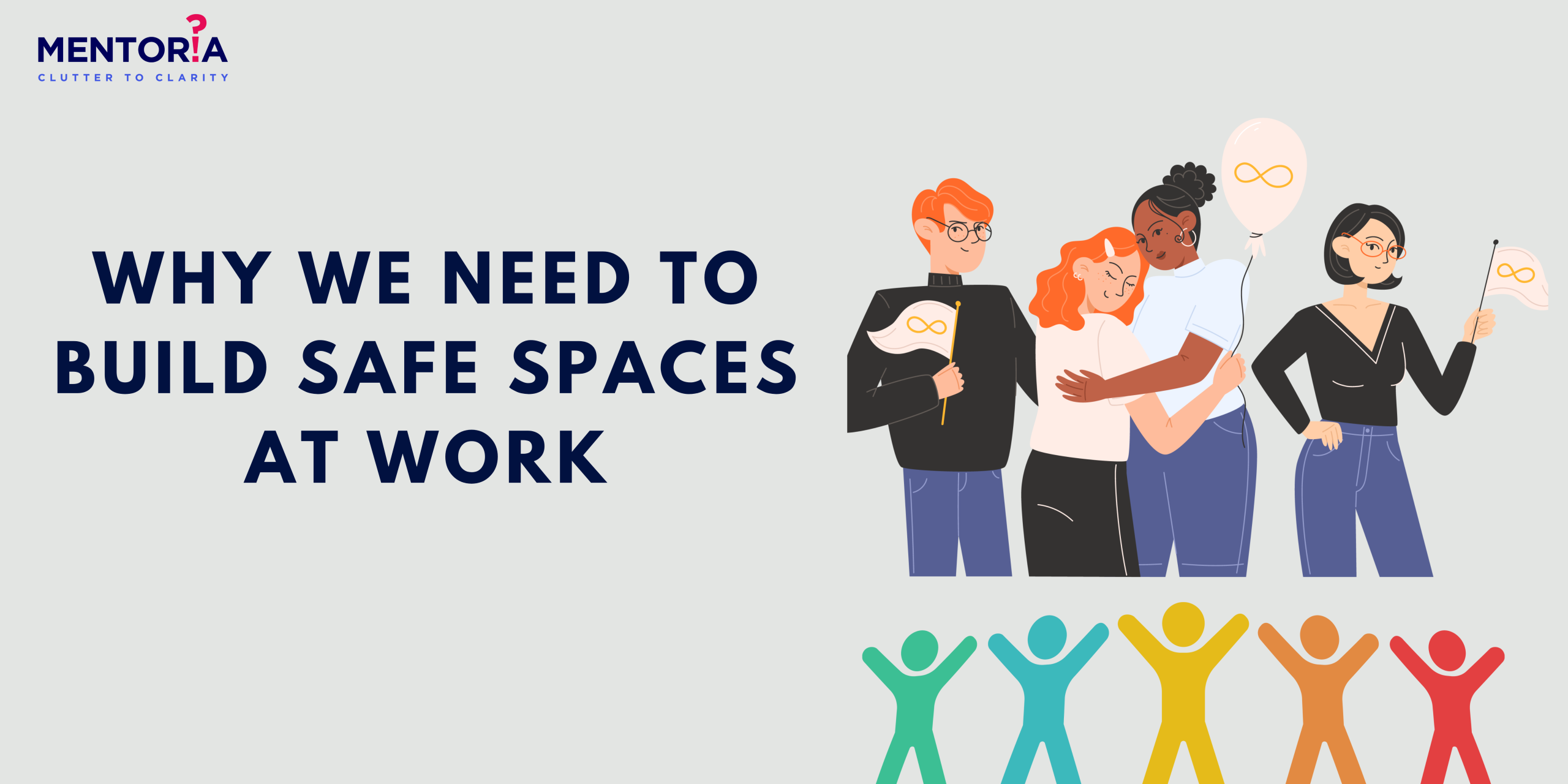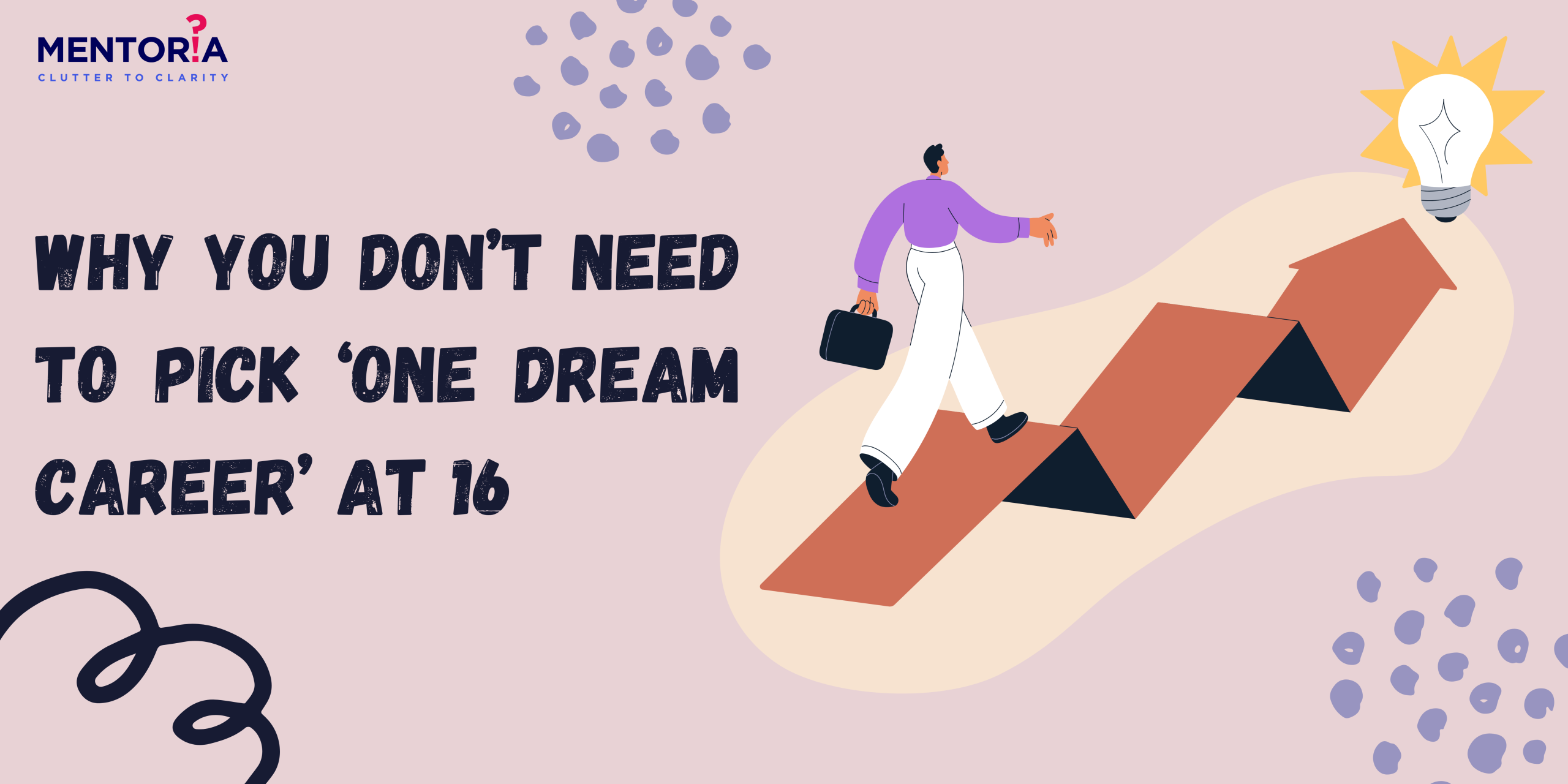Decisions: The Psychology Behind Our Choices

You know that feeling when you’re standing in the cereal aisle at the grocery store, and you’re faced with a seemingly endless array of choices? Cheese dip or garlic dip? Chocolate puffs or honey loops? It may seem like a trivial decision, but it’s just one tiny glimpse into the complex world of decision-making that we all navigate daily. Welcome to the world of the psychology of decision-making, where the choices we make, big or small, shape our lives in ways we might not even realise.
You might be wondering, why is it so important to understand the psychology of decision-making? Well, here’s the deal: our choices have a ripple effect on our lives, relationships, careers, and even society as a whole. From picking the right career path to choosing a life partner, our decisions are the bricks that build the story of our lives. And guess what? Sometimes, we’re not as rational as we’d like to think. Emotions, biases, and cognitive shortcuts often sneak in, making us prone to errors in judgement.
By peeling back the layers of decision-making, we can become more aware of our own tendencies, biases, and the forces that influence us. Armed with this knowledge, we can make more informed choices, set and achieve our goals, and improve our problem-solving skills.
The Brain’s Marvellous Machinery
Our decision-making process doesn’t occur in a vacuum; it’s a symphony orchestrated by our brains. To understand this symphony, we need to grasp the roles of two key brain regions: the prefrontal cortex and the limbic system.
- Prefrontal Cortex – The Wise Advisor: Located just behind your forehead, this region is like your personal advisor. It’s responsible for rational thinking, weighing pros and cons, and considering long-term consequences. Think of it as the cool, collected friend who gives you well-thought-out advice.
- Limbic System – The Emotional Maestro: Nestled deeper in the brain, the limbic system is the emotional centre. It processes feelings, instincts, and gut reactions. It’s that impulsive friend who’s always up for an adventure, often without thinking about the consequences.
The Battle Of Brains
Now that we’ve met the cast, let’s explore the dynamics of their interaction:
- Emotions vs. Logic: The prefrontal cortex and the limbic system often find themselves in a tug of war. Your prefrontal cortex wants to make informed, rational decisions, while your limbic system may be swayed by emotions and instincts. It’s like a constant battle for control.
- The Speed Factor: Here’s a fascinating tidbit – your limbic system is lightning-fast in processing information, while the prefrontal cortex takes its sweet time. When you make snap decisions, it’s usually your limbic system calling the shots.
- Gut Feelings: Ever heard of “going with your gut”? That’s your limbic system at play. Sometimes, those gut feelings can be surprisingly accurate, thanks to the wealth of information your brain unconsciously processes.
The Paradox Of Choice
In today’s world, we’re bombarded with choices, whether it’s picking a cereal from the supermarket shelf or selecting a career path. Surprisingly, having too many options can lead to decision paralysis, a concept known as the “paradox of choice.”
- Choice Overload: Research shows that when faced with too many options, our brains can become overwhelmed. We end up either making poor decisions or avoiding decisions altogether. This can be a major stumbling block in the workplace, where choices abound.
- Satisficers vs. Maximisers: Psychologist Barry Schwartz coined these terms. Satisficers are content with “good enough” choices, while maximisers tirelessly seek the absolute best option. Striking a balance between the two can save time and reduce stress at work.
Anchoring And Confirmation Bias
Ever heard the saying, “First impressions are lasting impressions”? That’s the essence of anchoring, a cognitive bias that can significantly impact our decisions.
- Anchoring: When making a decision, our brains tend to latch onto the first piece of information we receive. Subsequent information is then interpreted in relation to this initial anchor. In the workplace, this can affect how we negotiate salaries or evaluate project proposals.
- Confirmation Bias: We all have a tendency to seek out information that confirms our existing beliefs and ignore data that contradicts them. In a professional setting, this bias can hinder innovation and lead to stagnation.
The Influence Of Social Proof
Human beings are social creatures, and we often look to others for guidance when making decisions. This phenomenon is known as “social proof.”
- Peer Pressure at Work: In the workplace, social proof can influence everything from dress codes to work hours. If your colleagues are working late, you might feel compelled to do the same, even if it’s not the most productive choice.
- Consumer Behaviour: In marketing, social proof is used extensively. Ever seen online reviews with comments like “Best-seller” or “Trending”? These are subtle cues to influence your choices.
The Power Of Defaults
Defaults are the preset options we encounter when making decisions. Interestingly, we tend to stick with default choices, even when they might not be the best fit for us.
- Choice Architecture: Employers can harness the power of defaults to nudge employees toward healthier decisions. For instance, making healthy food options the default in the office cafeteria can encourage healthier eating habits.
- Opt-Out vs. Opt-In: Automatic enrollment in retirement savings plans is a classic example of an opt-out default. Employees are enrolled by default and must actively choose to opt out. This has led to higher participation rates in retirement plans.
Enhancing Decision-Making Skills
So, how can you become a more effective decision-maker, especially in the workplace? Here are some practical tips:
- Pause and Reflect: When faced with an important decision, take a moment to pause and reflect. Consider the long-term consequences and whether your emotions are clouding your judgement.
- Seek Diverse Perspectives: Don’t make decisions in isolation. Encourage open dialogue and seek input from colleagues with diverse viewpoints. This can lead to more well-rounded choices.
- Limit Options: When appropriate, limit the number of choices available. This can reduce decision paralysis and make it easier to arrive at a decision.
- Stay Informed: Keep yourself informed about cognitive biases and decision-making pitfalls. Awareness is key to overcoming these challenges.
- Practice Mindfulness: Mindfulness techniques can help you stay grounded and make more conscious decisions. Regular meditation or deep breathing exercises can improve your decision-making skills.
Mentoria’s Guide To Better Choices
Understanding the intricate workings of decision-making is like deciphering the code to a better, more informed life. It’s a journey through the human mind, navigating the twists and turns that shape our choices. Delving into the psychology of decision-making equips us with the tools to make wiser, more rational decisions, both in our personal lives and our professional pursuits.
At Mentoria, we recognise the profound impact of decision-making on one’s career. Our career counsellors are skilled in the art of guiding individuals through the complexities of choices related to their professional journeys. Whether you’re at a crossroads in your career path or seeking clarity on educational choices, Mentoria provides expert insights and strategies to empower your decision-making process. We believe that informed decisions are the cornerstones of success, and we’re here to support you every step of the way.









